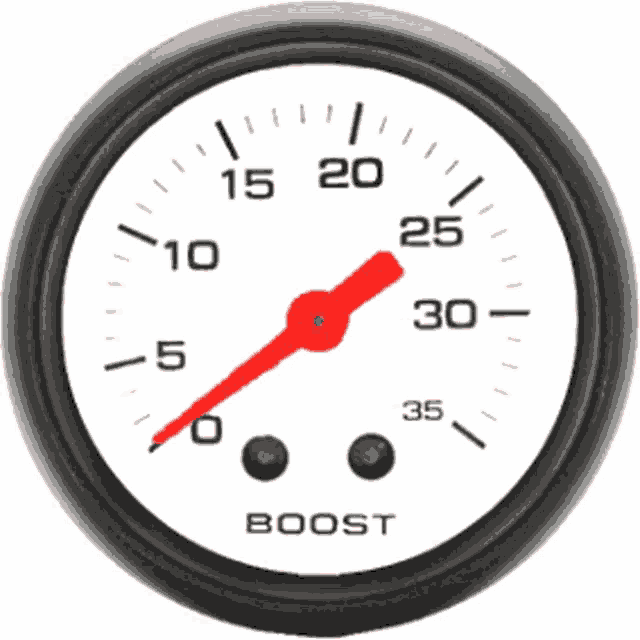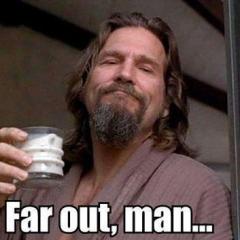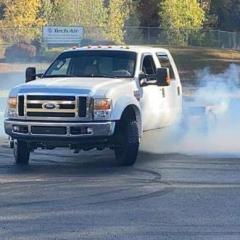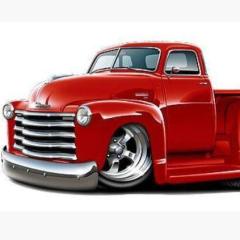
Muncie
Members-
Posts
1,215 -
Joined
-
Last visited
Previous Fields
-
Scale I Build
1/25
Profile Information
-
Full Name
Steve
Recent Profile Visitors
Muncie's Achievements

MCM Ohana (6/6)
-
Factory Photo Freightliner...
Muncie replied to purepmd's topic in Model Trucks: Big Rigs and Heavy Equipment
This is a cool truck! Well done. I like how you added things like the Stabilaire rear suspension and the rubber front fender extensions. Common on the real thing but seldom seen on models. And... Thank you for posting. I'm going to have to use some of this as reference when my White Freightliner hits the workbench. -
another shot at it here... Competition Resins Olds pro-stock hood scoop. They also still have at Slixx Decals http://www.slixx.com/images/CRC-078s.jpg
-
Foose FD-100 MOON shop truck....
Muncie replied to NitroMarty's topic in Model Trucks: Pickups, Vans, SUVs, Light Commercial
great concept, well executed and so cool!!! -
Absolutely, I can remember some things that happened at shows where it almost seems that the rules were created and the name was engraved on the trophies before the doors opened to the show. Pretty shaky and I'm sure it discouraged a lot of people... There should always be room. Trophies are nice, but not why I go. The people running one show showed me a couple of judging sheets for a model that I entered. One was for 98 points out of a hundred, the other was just two points. That's a big difference by any yardstick. When explained, I agreed with both. No trophy, but I met some good people, saw some great models, had a good time... that's what I went for - win! Oh, and I enjoy seeing different (new or old) build technology. bring it on!
-
Competition Resins made them, But now it's down to just available inventory. Slixx Decals still shows it on their website eCatalog Order Ordering System for Slixx Decals http://www.slixx.com/images/CRC-137s.jpg
-
Salt Flats Streamliner
Muncie replied to Dave B's topic in Other Racing: Road Racing, Salt Flat Racers
Very Cool and very nicely done. Those old Hawk kits are great raw material and your work has paid off with a great land speed model. I love it (and I have one in the queue as well.) -
Kit bumper identification please
Muncie replied to gtx6970's topic in Model Building Questions and Answers
That's a pretty car! I'm not sure how mother Mopar attached the fins, but some models of 1960 Dodge Dart station wagons had the fins attached with the short part forward an others had them reversed with the tall end forward. weird. I grew up in that era in a Mopar family and spent many a mile in the family's 1960 Dodge Dart Seneca station wagon. I believe they were the first year of the Mopar unibodies. -
Kit bumper identification please
Muncie replied to gtx6970's topic in Model Building Questions and Answers
Johan 1960 Dodge - station wagon Promo or kit - I'm not sure -
Farm Floater Truck 1/24th scale
Muncie replied to Randy D's topic in WIP: Model Trucks: Big Rigs and Heavy Equipment
Parts count (reminds me of what Carl Sagan said) -"billions and billions" It takes a special builder to take on a project like this - amazing -
I remember those! Some friends built a Mustang II pro-stock car in their shop on an Alston Chassis. Competitive locally - there used to be local pro-stock cars. Set the NHRA national record in B/FX twice. Memories Glidden was an animal, constantly working, but he couldn't have done it without Etta. Great model - well done - really looks the part.
-
Might try checking fit and alignment with other parts - I'm not familiar with this one but some cabovers have differences between lefts and rights.
-
Forum Changes
Muncie replied to Xingu's topic in Forum News and Questions (formerly: How To Use This Board)
With this crowd, you guys probably earned the Lamborghinis 😁 -
Tile and countertop shops usually have remnants, cutouts and scraps - very inexpensive. Not as flat or precision as something a machine shop would use but close enough. My workbench surface plate is an old Freightliner lower passenger door window... It has rounded edges and It's a lot lighter than granite, smaller, easier to handle - It's thick enough and some kind of safety glass so it will take a little abuse, but I have to be careful with the glass because sometimes I work in bare feet.
-
Claude, you've done it again! another awesome custom build land speed car. Amazing concept and execution. And the Claude paint is off the chart. Guys, let's correct something here... Although I appreciate being mentioned, I did not earn it at all. Like everybody else, I sit back and enjoy. All of the incredible work here is Claude's.
-
Forum Changes
Muncie replied to Xingu's topic in Forum News and Questions (formerly: How To Use This Board)
A different view? I find that there is something of value in every topic on the forum. I have my logon setup to go to "new content". Scan the recent posts and read what is interesting. If I'm looking for something more specific, I use the search function. I leave the ads on. There aren't enough ads to bother me, but I wish there were more that are model building or model car related.






